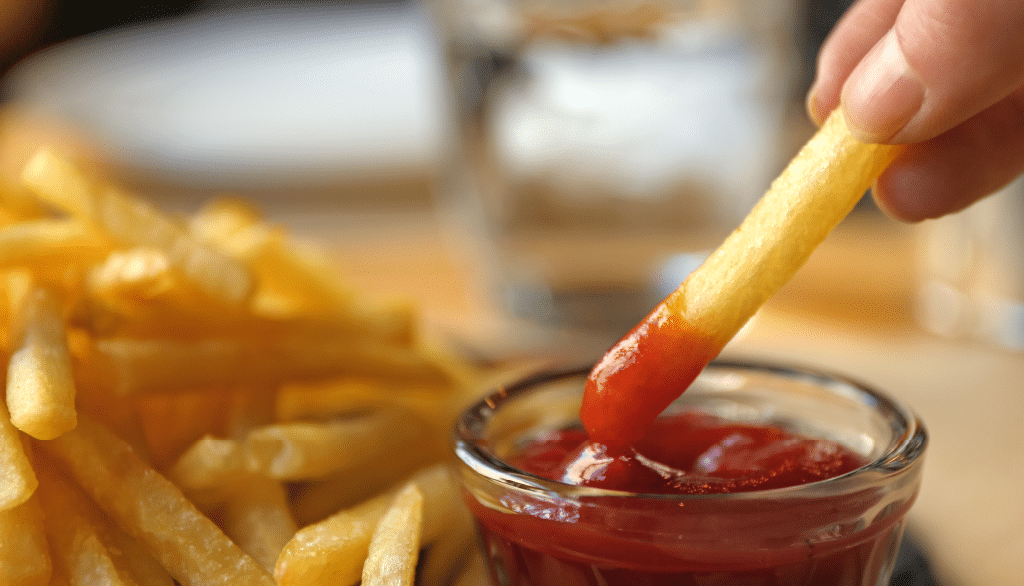
Who would have thought that a few months ago we’d be spending entire weeks at home with orders to shelter-in-place? For many, it’s been an opportunity to try things you’ve always wanted to do, and it’s also perfectly okay if you haven’t (dealing with this new normal is not always an Instagrammable moment).
Working from home and having lots of free time, I found myself searching for cooking tips and tricks, tutorials, and other online courses. I am a scientist who loves cooking, acquiring kitchen skills and techniques, and bringing my own style to dishes. After all, cooking is doing chemistry: You mix ingredients that are transformed into a product by chemical reactions. To be successful, you have to follow a protocol, be critical, and use specific amounts of ingredients to produce the final product.
I finally found HarvardX’s Science & Cooking: From Haute Cuisine to Soft Matter Science (chemistry). It’s what I was looking for: How chemistry is applied in the everyday kitchen techniques.
In a six-part blog series, I’ll focus on interesting and practical lessons that I learned. Let’s start with everyone’s favorite: how to make the perfect french fries!
We’re cooking fries all wrong
I love french fries (who doesn’t?!), but I don’t like using a lot of oil to cook them, and most of the time I get either soggy or burnt fries. Where am I going wrong? I start by heating oil in a pan until I feel that the oil is hot enough, testing the heat by adding a fry to the pan to see if it sizzles in the oil. I then add all the cut potatoes and wait until browned, take them out of the pan, eliminate the excess oil with a paper towel, and finally salt them before eating. I learned I was doing it wrong…or not optimally.
The perfect french fries require two frying stages, at two different temperatures
The classic recipe for french fries calls for frying the potatoes twice, which seems like a long and complicated process. The reason for that process is to obtain fries that are crunchy on the outside and creamy and soft on the inside. The first frying stage, at a low temperature (250 to 275°F), gently cooks the potatoes through until the centers turn creamy. The second frying stage, at a higher temperature (350 to 375°F), crisps the exterior and creates that brown crust that makes fries so tasty.
The amount of oil that a french fry absorbs is directly proportional to the amount of water that exits — water out, oil in. When frying, the oil temperature is above the water’s boiling temperature. Water trapped in the potato turns into steam, and escapes leaving small holes behind, that are then filled with oil. The lower temperature frying method lets some but not all the water escape, translating into lower absorbed oil and healthier fries. For a brown, flavorful crust to form on the fries, the second frying method at higher temperatures produces browning reactions such as the Maillard reaction (and caramelization at even higher temperatures), which I’ll talk about in a second. This creates a crisp layer that prevents the interior water content from escaping.
The Maillard reaction and the science behind the perfect fry
The Maillard reaction is a chemical reaction produced between amino acids and sugars that happens between 280-330°F, giving the browning effect and distinctive flavors. In the cooking process, Maillard reactions can produce hundreds of different flavor compounds depending on the chemical constituents in the food, the temperature, the cooking time, and the presence of air. These compounds, in turn, often break down to form yet more new flavor compounds. Above 330°F, caramelization occurs, which is the browning of sugars that produces a nutty flavor and a dark brown color. Slight caramelization can round out the perfect french fry cooking process, but be careful not to burn them.
Obviously, the thought of frying something twice sounds delicious but indulgent. Luckily, there’s science to justify it so you don’t have to feel guilty!
Stay tuned for more posts in this series on the NanoTemper blog.
























